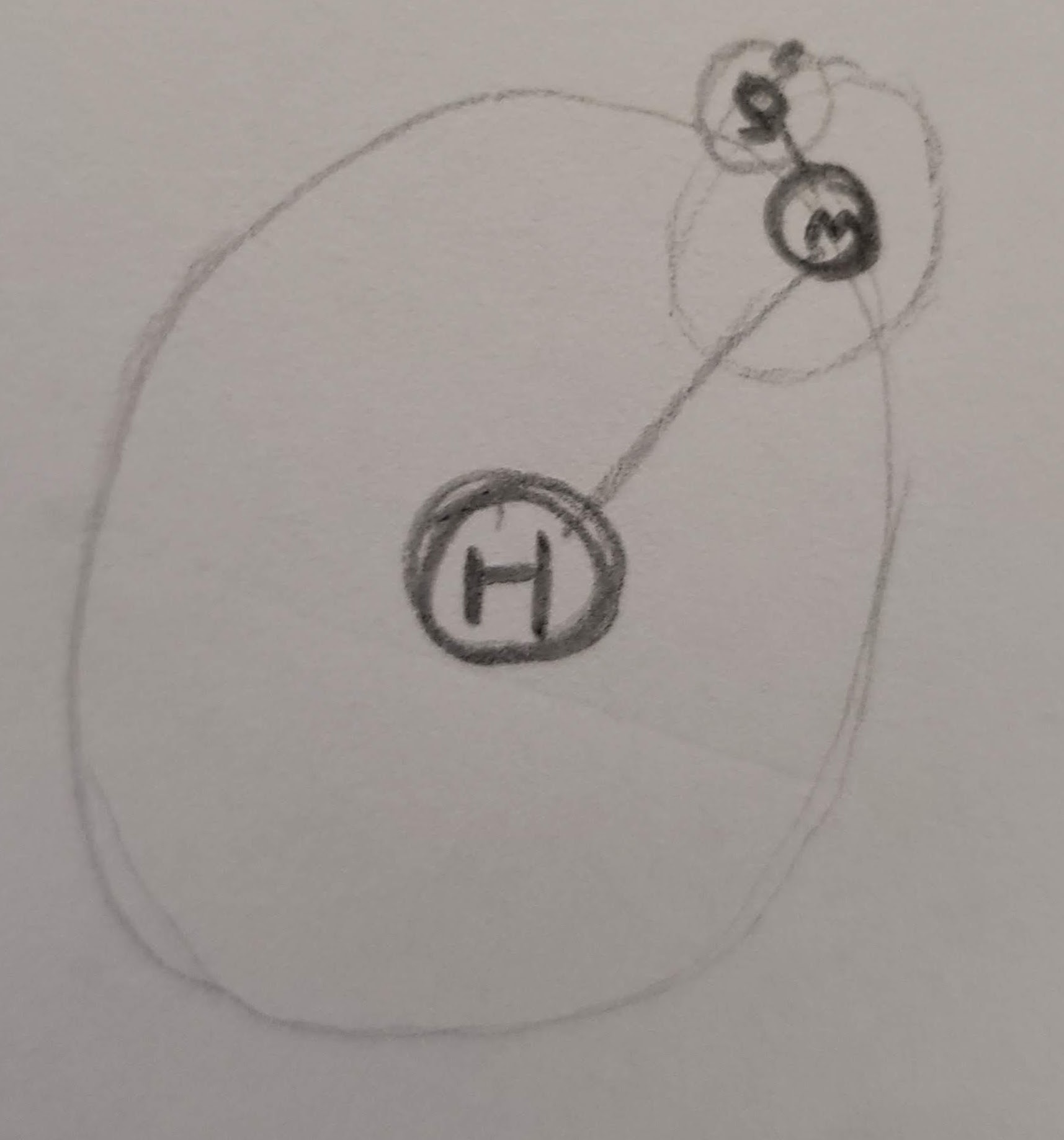// Kevin Thies
// kthies@andrew.cmu.edu
// Section C
// Abstrack Clock
var HDEG = 360 / 24; // constants define ration of how many degrees
var MDEG = 360 / 60; // around a circle per unit
var SDEG = 360 / 60;
var MSDEG = 360 / 1000;
var hDim = 50; // define the dimension of each planetoid
var mDim = 25;
var sDim = 12;
var msDim = 6;
var starNum = 70; // how many stars are in the background
var starX = []; // empty arrays to etermine their size and position
var starY = []; // an how often they twinkle
var starSize = [];
var tick = [];
function setup() {
createCanvas(480,480);
// fill empty arrays with location and size data
for(var stars = 0; stars < starNum; stars++) {
starX.push(random(10, 470));
starY.push(random(10, 470));
starSize.push(random(3, 7));
tick.push(round(random(0, 10)));
}
}
function draw() {
angleMode(DEGREES); // this makes things easier for later
background(20);
push();
// add a new tick value for each star, if tick is randomly 0, twinkle
for(var stars = 0; stars < starNum; stars++) {
tick.shift(1);
tick.push(round(random(0, 10)));
if(tick[stars] == 0) {
starSize[stars] = random(3, 7);
}
// place stars
fill(70);
ellipse(starX[stars], starY[stars], starSize[stars], starSize[stars]);
}
//==================== Hours ==============================================
translate(240, 240); // moving origin to center of screen
rotate(HDEG * hour());
stroke(50, 0, 0);
strokeWeight(3);
noFill();
line(0, 0, 0 , 120); // make the hour hand
ellipse(0,0, 240, 240); // make the orbit
noStroke();
fill("orange");
ellipse (0, 0, hDim, hDim); // make the hour planetoid
//==================== Minutes ============================================
translate(0, 120); // moving origin to end of hour hand
rotate(MDEG * minute());
stroke(50, 0, 0);
strokeWeight(3);
noFill();
line(0, 0, 0, 50); // make the minute hand
ellipse(0,0, 100, 100); // make the orbit
noStroke();
fill("lightBlue");
ellipse (0, 0, mDim, mDim); // make the minute planetoid
//==================== Seconds ============================================
translate(0, 50); // moving origin to end of minute hand
rotate(SDEG * second());
stroke(50, 0, 0);
strokeWeight(3);
noFill();
line(0, 0, 0, 20); // make the second hand
ellipse(0, 0, 40, 40); // make the orbit
noStroke();
fill("mediumAquamarine");
ellipse (0, 0, sDim, sDim); // make the second planetoid
//==================== Milliseconds =======================================
translate(0, 20); // moving origin to end of second hand
rotate(MSDEG * millis());
stroke(50, 0, 0);
strokeWeight(3);
noFill();
line(0, 0, 0, 10); // make the millisecond hand
ellipse(0, 0, 20, 20); // make the orbit
noStroke();
fill("fireBrick");
ellipse (0, 0, msDim, msDim); // make the millisecond planetoid
// add a little dot on the end of that hand
translate(0, 10);
fill("khaki");
ellipse(0, 0, 4, 4);
pop();
}Orbit clocks are cool with their circles inside circles, but they’re easy to read and overdone, so I made a clock where each unit orbits the next highest one. The centermost one is hours, orbited by minutes, orbited by seconds, orbited by milliseconds.
It was quite a challenge putting this together, as some arrays were being really finnicky, so even though the hours, minutes, seconds, and milliseconds could have been one operation on an array, I had to brute-force it. However, what would a space-y clock be without some twinkling stars!
As far as clocks go, I like how this ended up looking, even though it would take more effort than I’d be willing to put in to read.

![[OLD FALL 2018] 15-104 • Introduction to Computing for Creative Practice](../../../../wp-content/uploads/2020/08/stop-banner.png)